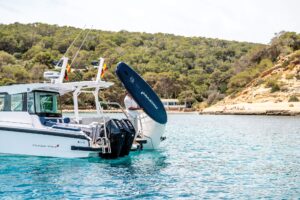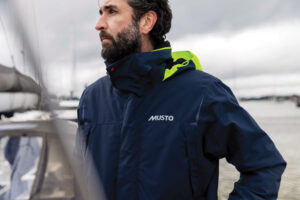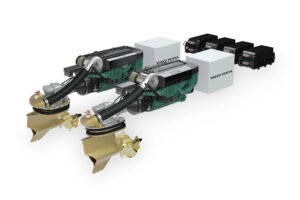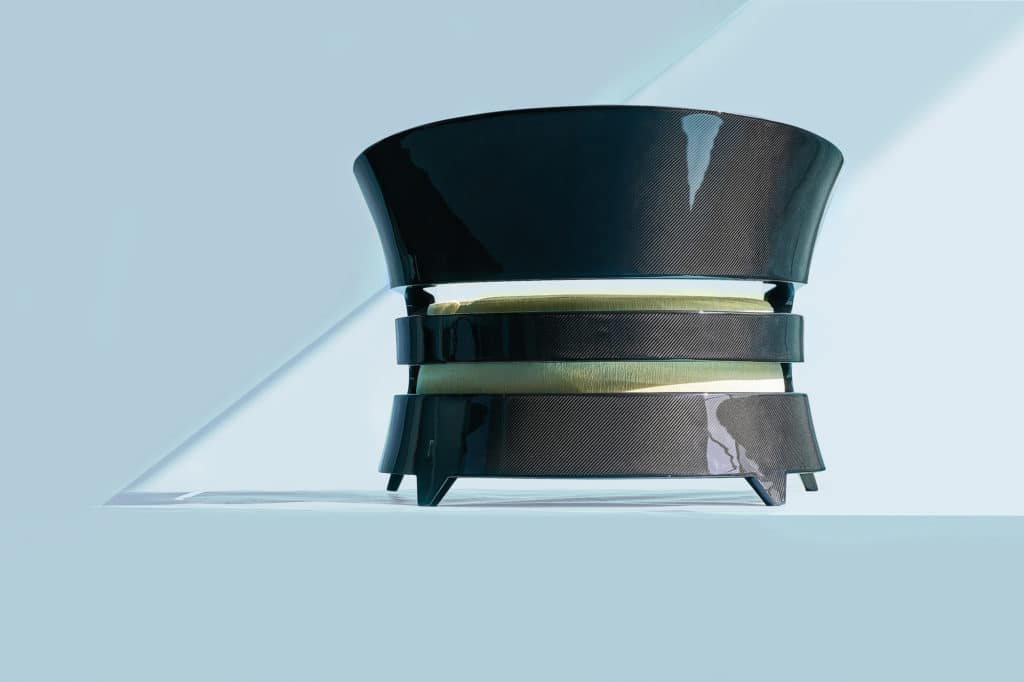
In 2010, Arun Maheswaran took a job at a company that made carbon-fiber gangways and similar products for yachts. He was a technical draftsman who had never set foot on a yacht, but through his work, he found himself spending a lot of time aboard them at events such as the Fort Lauderdale, Florida, and Monaco boat shows.
“By 2016, I had seen a lot of yachts and met a lot of people,” he says. “I loved it, but I saw a lot of cheap furniture on expensive yachts. This is why I started the company Octoport.”
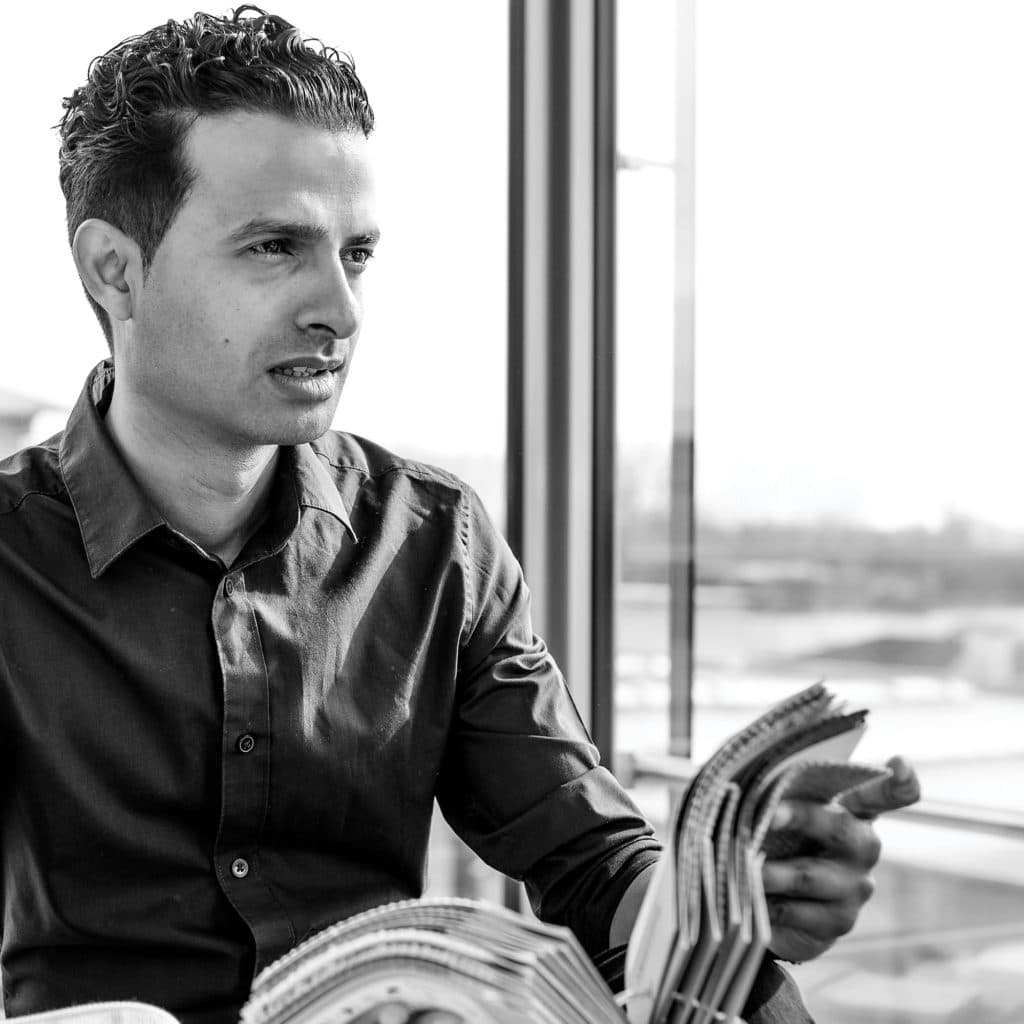
A number of things about yacht furniture—and, in particular, exterior furniture—left Maheswaran scratching his head. Why, he wondered, were superyacht owners buying teak furniture whose color changed after a couple of seasons? Or rattan furniture that looked worn in a similarly short time period? Why wasn’t the exterior furniture built in colors that matched the rest of the yacht’s exterior paint scheme? And why didn’t items such as sun loungers and side tables have the same shapes as the exterior of the yacht itself, say, with the long sun loungers echoing the design of the yacht’s sheerline?
Carbon-fiber manufacturing, he knew, made all these things possible. So, Maheswaran started drawing sketches and showing them to everyone in the industry who might offer a valuable opinion. The result was Octoport’s first collection, Rhea, which intrigued some big-name yacht designers enough that they made the trek to his Germany office from the nearby Lürrsen shipyard when they were there working on other projects.
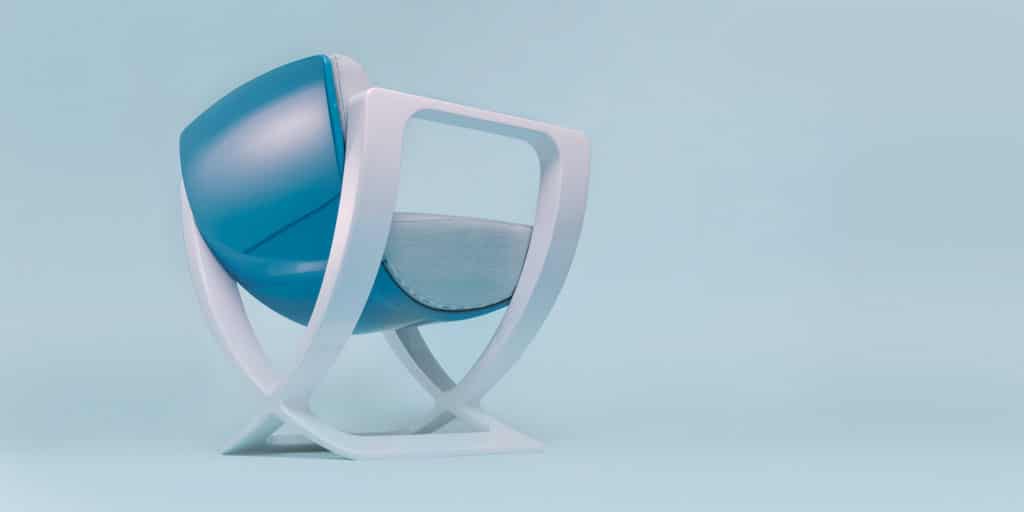
That was before the coronavirus pandemic hit. Since then, he has started to receive requests for project quotes, and he has created additional collections with a goal of introducing one per year.
The newest collection, Pioneer, debuted at the Monaco Yacht Show in September. It was presented along with Octoport’s deck-lighting technology, which makes the caulk strips in teak decking light up in whatever colors owners desire. (The same technology is used in Octoport’s furniture pieces such as tables with backlit teak tops.)
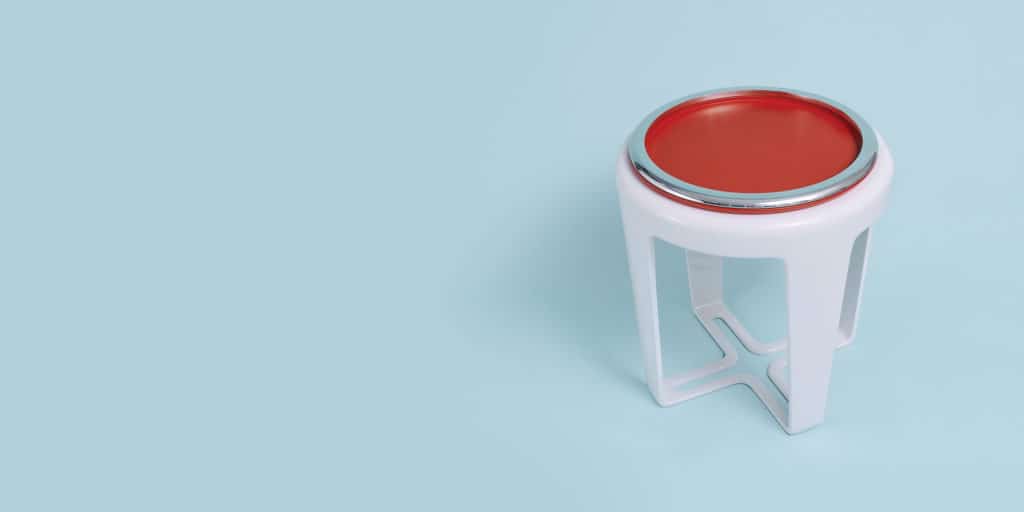
Pretty much every piece of furniture Octoport produces is a prototype, with sizes and colors customizable, depending on what the yacht owner has in mind for the space. The company keeps no quantities of stock furniture.
“The owners are all different types of people,” Maheswaran says. “I think it’s better not to have stock. When they order a collection, we will start the production in Hamburg, with the paint job done in Bremen.”
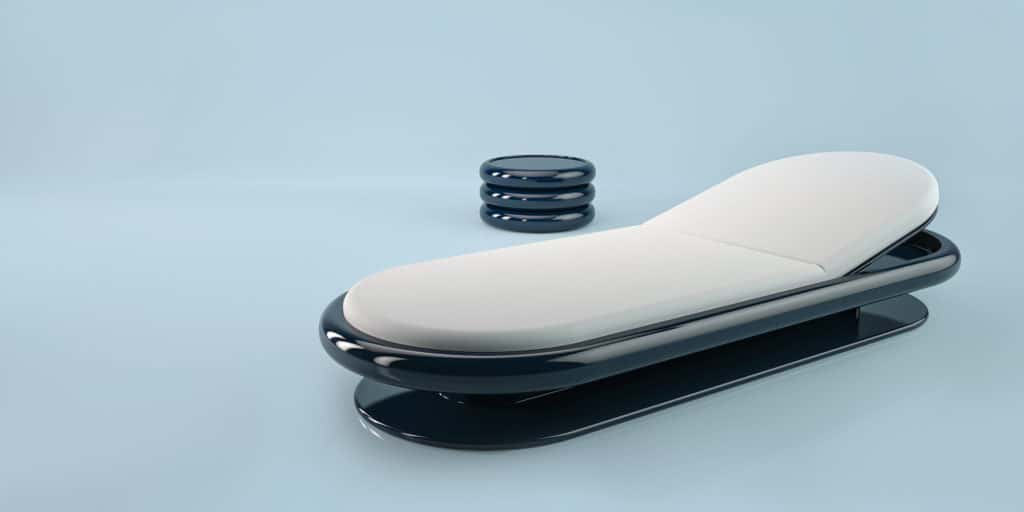
Overall, Maheswaran is trying to inject new thinking into the creation of exterior guest spaces throughout the yachting industry. He believes that as the yachts themselves take on more modern styling, so too should the furniture that is everywhere on board.
“I try to make my design what I would like if I had a big yacht,” he says. “The shapes everywhere should be matched to the modern yacht.”

